A hospital’s website will always be the primary hub for its online outreach. But without the promise of anything fresh to keep patients coming back, a website is static — great content is what gives your page the power to reach and expand your audience.
Gone are the days of Yellow Pages listings and bus stop advertisements — today, patients primarily take to the internet to research local medical treatment, forcing hospitals to adapt to rapidly evolving digital trends. Generally speaking, 97% of consumers use online media to research local products and services, and 90% of that portion uses search engines, according to BIA/Kelsey.
Of course, a hospital’s website is the center of its online activity, but the content on that site is your engine for digital outreach, determining both your visibility and the staying power of your message. However, nobody bothers to read bad content, which is why hospitals need to make theirs memorable.
The Importance of Great Content
On the one hand, high-quality and relevant website content — whether it takes the form of a blog, landing page, white paper, or other resource — increases the likelihood that your hospital’s site will come up first in the search engine results for engines likes Google, Yahoo!, and Bing. The art of pushing your site higher and higher on these results pages is what’s known as search engine optimization (SEO).
Unlike paid ads, SEO content is “evergreen,” meaning it never ceases to boost your hospital’s visibility across every channel — it also bolsters your ranking in Google’s local search directory, according to Google’s My Business page.
Secondly, your content is where your audience evaluates your hospital’s identity, giving them reason to trust you, return to your blog as a primary resource, link to your content, and refer your services to others.
Writing Searchable, Memorable Content
It might seem difficult at first to meet all the criteria needed for a content strategy to be successful. However, the creation process can actually be very straightforward when you start with patient’s’ perspective and work backwards from there.
As a golden principle, all content, whether on a blog or in a tweet, must address a common patient concern, cover a current topic of interest, or offer genuinely useful information. What questions do patients frequently ask? In what ways can you provide treatment that other hospitals cannot? The more location-specific you can make these answers, the better your response (and search ranking) will be.
As Moz notes, it’s helpful to research topic keywords through Google Trends, giving you an idea of each search term’s popularity in your location, as well as a list of other terms commonly associated with them. That way, your content can address any and all relevant subjects of the present moment.
To the greatest extent possible, you must back your content up with solid evidence, whether it comes from case studies, relevant research, or patient testimonials and reviews. In fact, two-thirds of online consumers trust local businesses as a result of positive reviews, according to Bright Local (via eMarketer).
More than anything, your content should be conversational, humanizing your hospital and its brand. Headlines should be clear, containing keywords, and your body content must be broken up into easily digestible chunks.
For many hospitals, especially for those short on staff, generating so many different types of content can be an overwhelming prospect. As QuickSprout points out, re-purposing existing materials (e.g., updating and republishing old blog posts, or reconfiguring them into evergreen site content, infographics, video content, etc.) can help ease the burden of constant content generation and help you get more out of less.
At the end of the day, building out your online presence isn’t so much about jargon like “visibility” and “SEO” as it is about forming a genuine relationship with your hospital’s audience. And when they’ve invested trust in that relationship, your efforts will be magnified to an extent that no marketing gamesmanship can match.
(Image Credits: StartupStockPhotos/Pixabay, GotCredit/Flickr)


















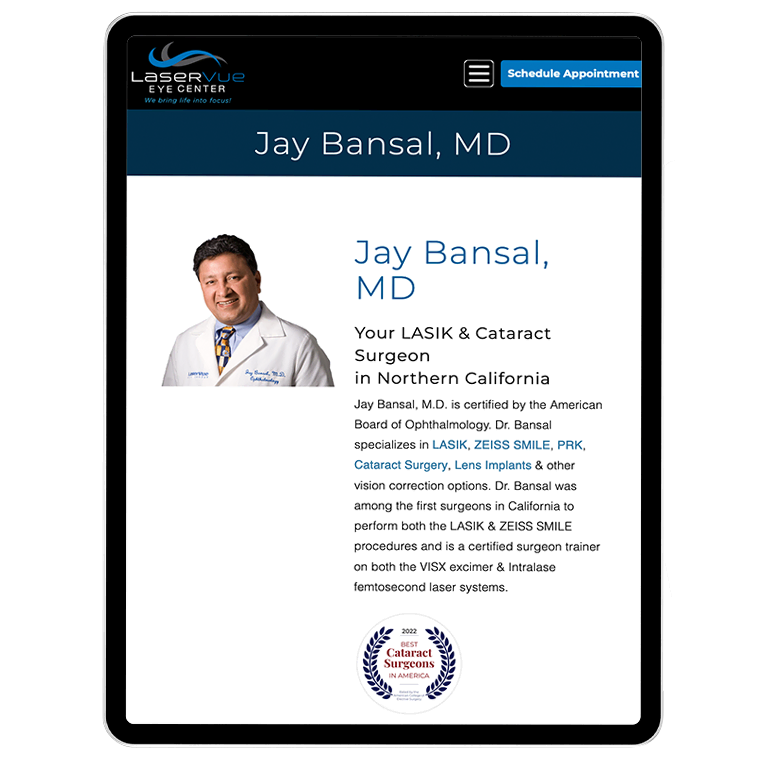


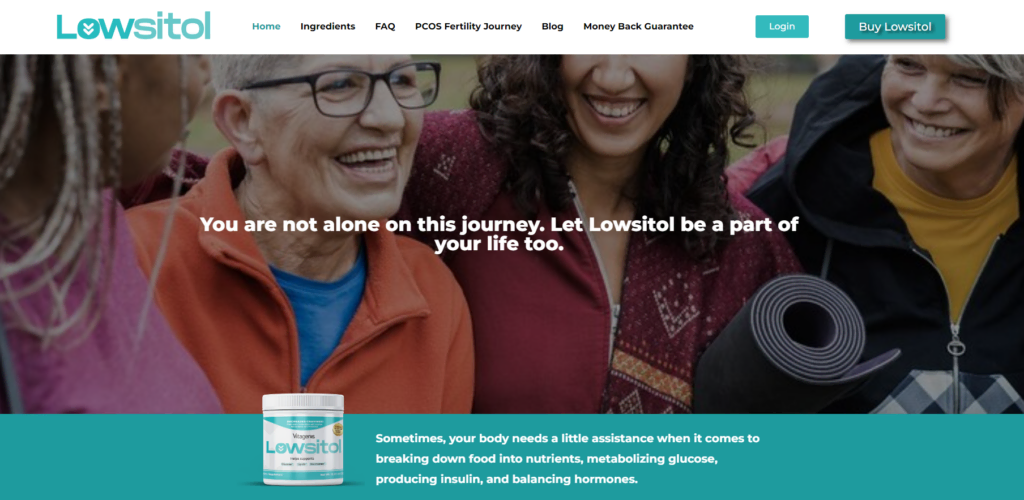


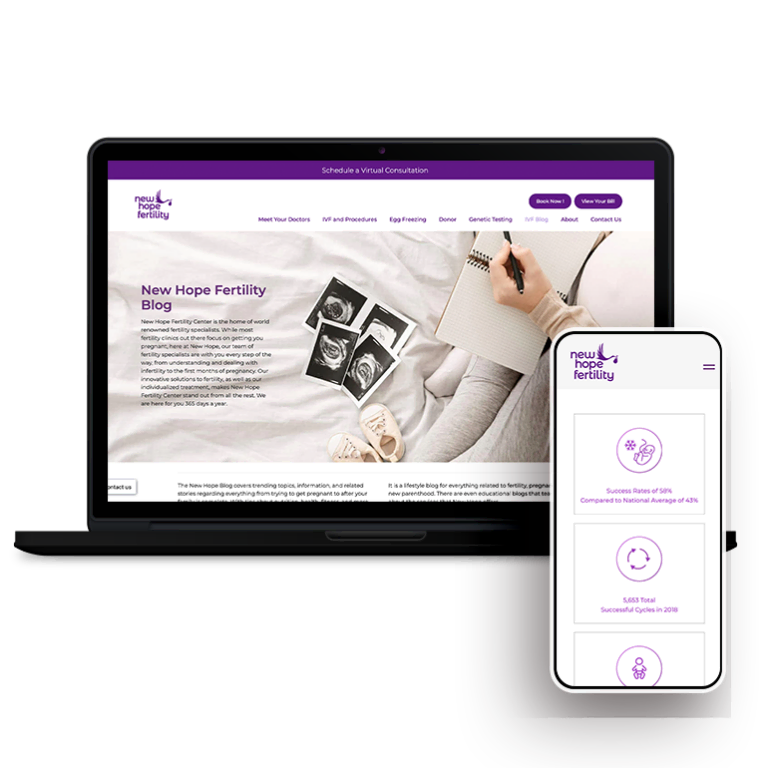










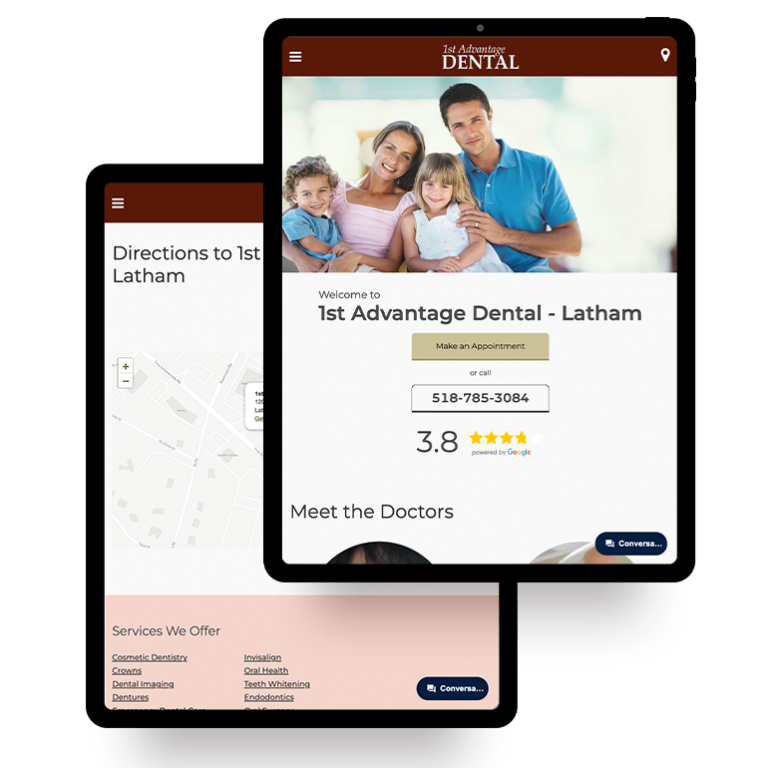




















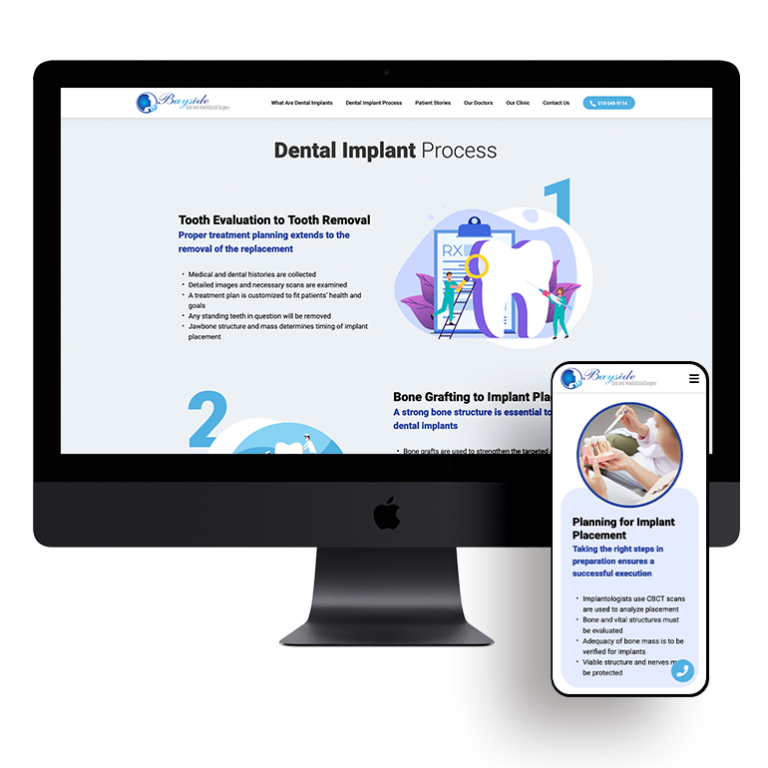




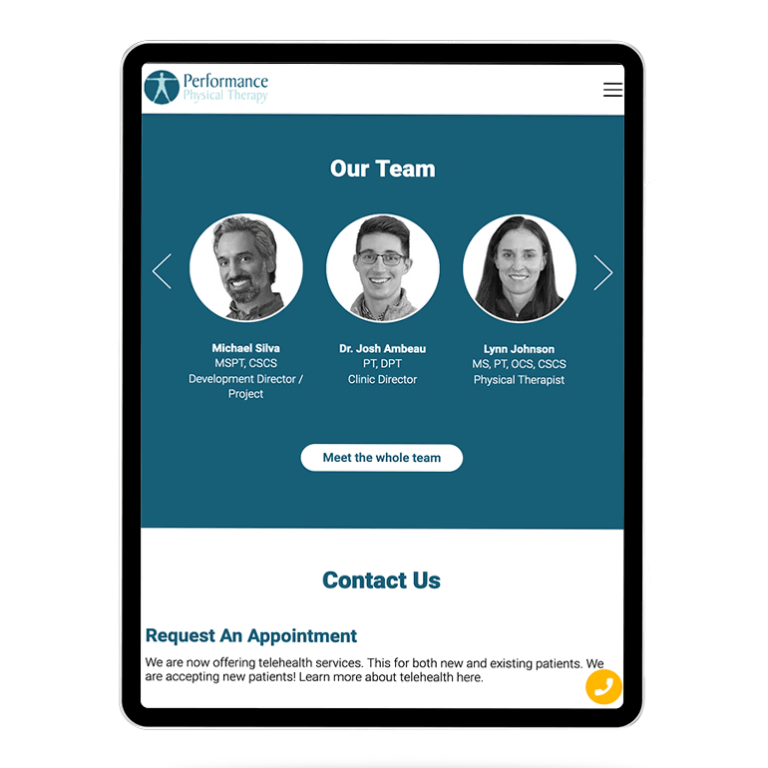


 Smart Design Creates New Patient Opportunities
Smart Design Creates New Patient Opportunities